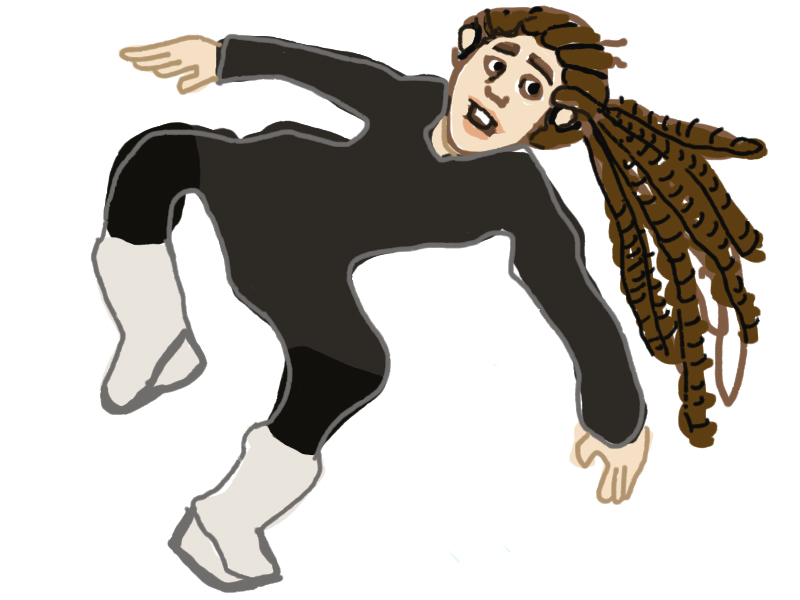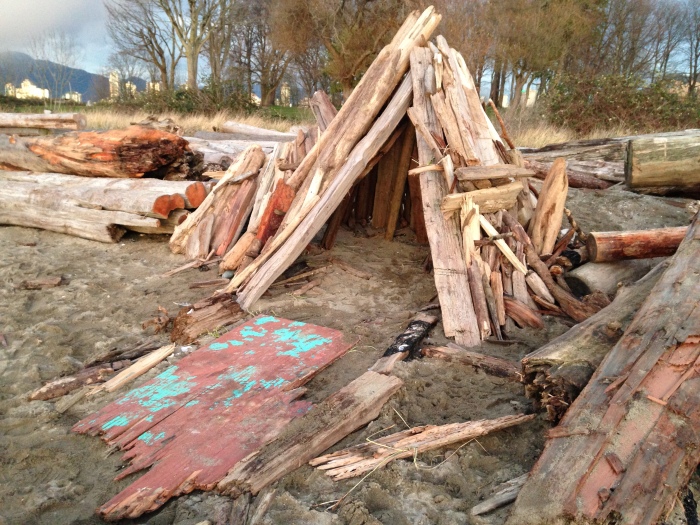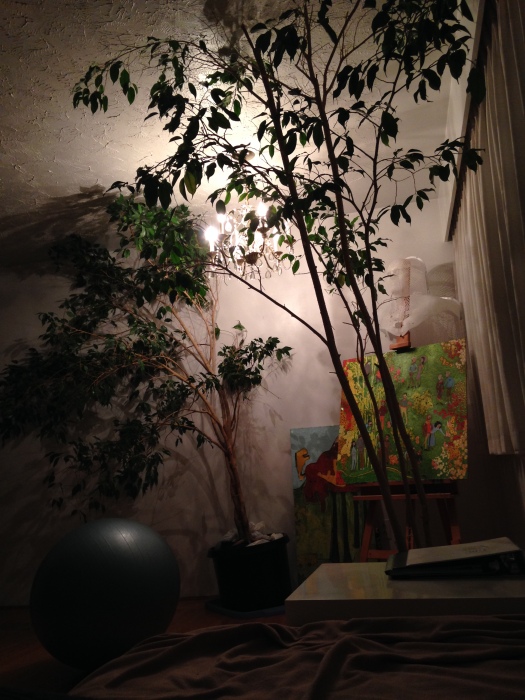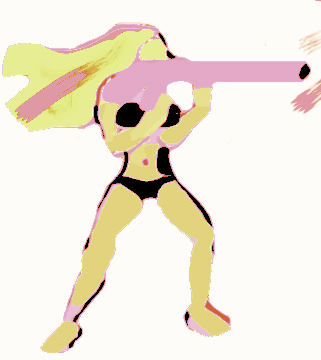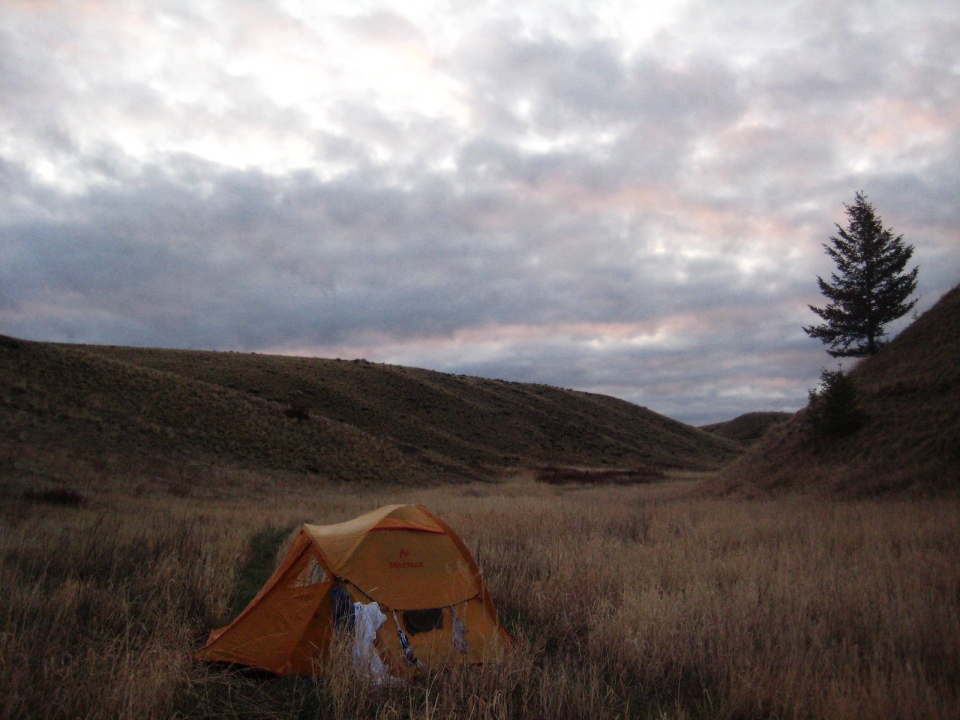Author Archives: jyearwood
How would you say it?
How would you describe the term ‘assessment as learning’? How about ‘assessment for learning”, or ‘assessment of learning’? These are the kinds of terms that a teacher should be aware of when thinking about the evaluation of student work. The project of filming my personal response to those questions turned out to be a lot of fun! Take a look:
[youtube https://www.youtube.com/watch?v=uhRxvMAeSKk&w=560&h=315]
I hoped that this month could be named ‘the days of lesson planning’. No such luck. I’ve been hit with a storm of essay work, and nightly short assignments. When I can finally calm my mind to sit down, continue on with the process of accumulating artists, creating narratives for sequences of lessons that will guide students through steady paths of materials, techniques, and inspiration, I find that there’s always something else to do — another pot or pan to clean, another wind storm drawing me outside to go check on the boat at anchor…

Edible Building: Students will create the tallest, sturdiest, yummiest tower they can out of edible materials.
In any case, I have one unit plan ready. Here’s a quick over-view. It’s only part one because I created approximately 18 lessons in total under the theme ‘Ephemerality’, however I think it’s fair enough to start with the first 8, not make the thing too massive:
Title: Ephemerality: Part One
Themes: Ephemeral art-making, being able to ‘let go’, 2D and 3D, indoor and outdoor work, documenting work.
Rationale: Through various art mediums, including charcoal, conté, edible materials, sand, and biodegradable found objects, students will learn how to create work that they are willing to surrender to the passage of time, destruction by natural and/or artificial means. By introducing students to the concept of ephemerality through gestural drawing, they will develop a basis for creating technically proficient work that is also swift, and loose. Each class will also incorporate one group activity and one visual cultural lesson in order to build students’ understanding of their art-making in a historical context, as well as build a sense of community and social understanding.
Learning Objectives (by the end of the unit students will be able to):
- Create high quality work swiftly and thoughtfully by developing both their technical and conceptual skills.
- Surrender their work to deconstruction by natural or artificial means.
- Document their work effectively so that the original creations are not completely lost. Recording the work may be important to them for portfolio purposes.
Prescribed Learning Outcomes: (Drawing and Painting, Sculpture 8 – 10 within the Visual Arts IRP)
- mark-making materials for drawing (e.g., charcoal, conté, graphite)
- surfaces (e.g., cardboard, wood, found objects)
- single medium, mixed media
- mark-making tools (e.g., brushes, pens, stylus)
- manipulating tools (e.g., erasers, stumps, sponges, palette knives)
- surfaces and supports (e.g., palettes, easels, boards)
- drawing techniques (e.g., gesture, blind contour, continuous line)
- surfaces (e.g., cardboard, wood, found objects)
- single medium, mixed media
- Documentation of development process: (e.g., portfolio of process drawings to accompany a finished work, using sketchbook to plan design process)
- Visual Culture:
- artists, artworks and movements
- terminology, vocabulary and contexts
- considerations for venue, audience, and purpose unique to drawing and painting (e.g., subjects appropriate to particular contexts)
Lesson List:
- Lesson 1: Gestural Drawing and Paleolithic Paintings
- Lesson 2: Gestural Drawing and Building Confidence
- Lesson 3: Gestural Drawing and Animators
- Lesson 4: City-building with Edible Materials
- Lesson 5: Designing a Sand Mandala
- Lesson 6: Making a Sand Mandala
- Lesson 7: Collecting Natural Materials
- Lesson 8: Building with Natural Materials
The question follows me around. How will I mix my outdoor, movement based practice with sedentary, art education?
The following is an excerpt from an essay I had to write concerning this question, my inquiry:
Years ago, I first asked my boyfriend out by asking him on an adventure. I promised him quests, travel and glory. Now, he has completed a science fiction graphic novel based on our earlier travels through India and Nepal. He declared that he’d write more if I continued scheming expeditions. Approximately two years ago, we were invited to crew on a Chinese sailing junk that has been making its way across the world for the past 25 years. We had our camping gear ready to make our way down the coast on our bicycles to meet with the ship’s captain. The sailboat plan fell through however, because they were having repair difficulties on the boat. With no fixed dates, we opted for a cargo ship bunk instead, heading across the Pacific. It wouldn’t quite be the same kind of sailing experience, but offshore involvement in any case.
Two days before going to work out in the forest to fund our trip, my boyfriend received news that his stubborn back-ache was in fact stage four cancer. Honestly, I had never considered long term work outside of Tree-planting before this situation, and suddenly we were being told to make sedentary plans indefinitely. My partner was being informed about numbers, survival rates, and painful and invasive procedures. I was being told that I would have to reverse all my goals in life.
Throughout his treatments, I struggled to keep my outdoor practice alive. 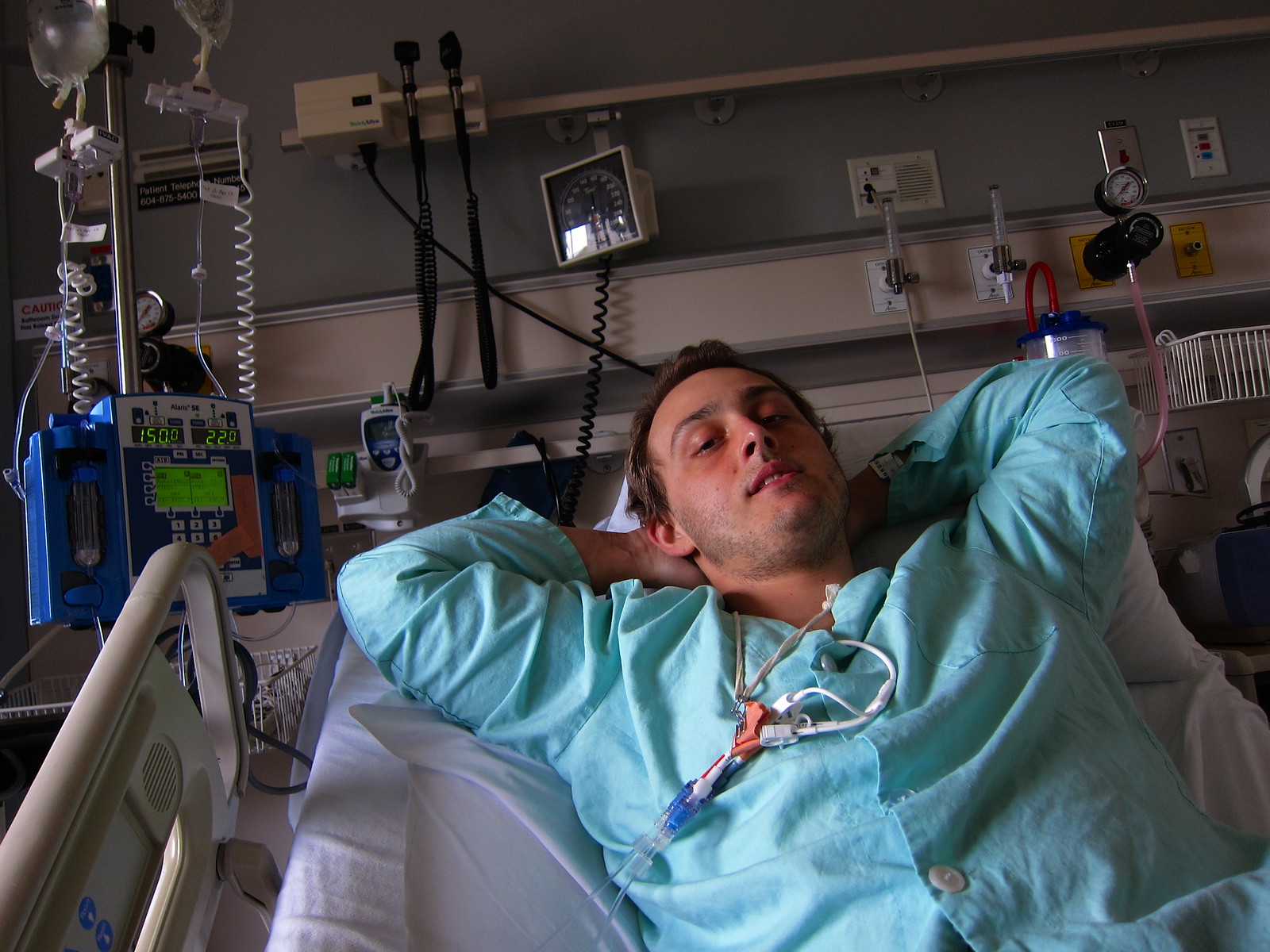 I enrolled in design courses, hoping to fulfill my interests through nautical design (in this way I could build boats instead of sailing them). I volunteered frequently at the a local bicycle recycling centre, acting as if learning more about the mechanical aspects would somehow bring the dream of extended bicycle touring closer to fruition. I’ve also always been drawn towards teaching, gaining experience through part-time work and volunteer opportunities, so when planning for my new future pursuits, it made sense to join an education program.
I enrolled in design courses, hoping to fulfill my interests through nautical design (in this way I could build boats instead of sailing them). I volunteered frequently at the a local bicycle recycling centre, acting as if learning more about the mechanical aspects would somehow bring the dream of extended bicycle touring closer to fruition. I’ve also always been drawn towards teaching, gaining experience through part-time work and volunteer opportunities, so when planning for my new future pursuits, it made sense to join an education program.
So this question of inquiry has been with me since my partner’s diagnosis; how do I maintain my motion-based practice in the midst of stationary circumstances?
My natural state consists of slogging through logs, mud and brush on a cut-block, carrying bags of seedlings on my hip, and sleeping under the stars. All through my adult life, working hard seasonally, and then focusing on my creative goals during the intervals has consistently been my routine. Creative outdoor endeavours are my passion, my guiding motivation, yet, teaching requires extensive time and energy.
As I have experienced thus far in this teaching program, my outdoor practice has been falling by the wayside. There are simply not enough hours in the day to attend classes as well as paddle out to the sailboat I keep anchored close to home. There are seemingly no opportunities to explore new places on foot or on bike outside of the city. I feel as though it’s impossible to create the conditions for adventure, let alone create the conditions for making artwork based on adventure.
In researching for this proposal, I looked into the processes undertaken by other educators to keep teaching and artistic practice in balance. One perspective taken by an educational researcher was to ask whether or not teaching and artistic practice are fused together, or separate endeavours (Sweat, 2006). My response to that idea is that for the most part, they have indeed been completely separate. I am now being asked to fuse outdoor exploration and education together, although they are not conventionally compatible. There are are of course examples of how the two endeavours have been combined successfully, namely robust outdoor education programs that emerge of out traditional school settings that foster true experiential learning (Zink, 2010) or programs that aim to make the entire world a classroom (Class Afloat, 2013). I strongly favour these concepts, and hope that one day they are normalized in education to the point where any teacher candidate with the same combination of interests as mine could easily say, well of course! I want to train to be a teacher-adventurist!
Scheming, Planning
My teaching philosophy is revealing itself through the lesson plans. The visual arts classes I teach will apparently be filled with pop culture references teetering on the edge of unfitting (can you play Cards Against Humanity in public school setting?) and utterly in vogue (for those students who really want to base their projects on video game, memes and/or use of camera-phones).
The hardest part is coming up with a new artist for each lesson, and group-building activity. Will it pay off to treat the students each day like a CEO group at team-forming conference? I hope so.
Stay tuned for the Ephemeral Visual Arts Unit Plan to be posted here shortly. I’ve been keeping it soft and warm in my pocket all weekend…
[youtube=http://youtu.be/Y1JzFlkQYuw?t=1m57s]
Media Makes Us
We began to have an interesting discussion today about Media. Does it influences us? Is the average person in control? It’s strange to me that most people I know would state that advertisements skew perceptions of the female body, force women to become anorexic, but that video games aimed at males do not force them to want to be violent.
Do video games influence us to kill one another? Do advertisements influence us to be anorexic? Which one is it? Do we have Free Will at all here?
To be fair, advertisements request viewers to obey, while video games only demand participants to play. However, I would still argue that Media, being all around, being ever-present, is either something humans grow resistance to, or not.
Or perhaps, we all find ways to give Media permission to enter our safe zones. Yes yes — I know that product is evil, but I deserve something nice for once. On the other hand, most people do not let the violent images they see command them into perpetrating awful crimes.
In either case, it’s important to attempt to understand, and to be critical. I realize that throughout my life, endless sources have allowed me to learn to be analytical. It don’t think we’re necessarily born to understand what is true and what is false automatically.
Scrutiny
How does one assess Art in the classroom? How do teachers give marks for visual work?
When I look back to my own high school experience I recall plainly how marks were dolled out in Math class; homework was handed in, quizzes were scored, tests were taken, and numbers were tallied up.
In Science, much the same story, as well as Social Studies, and English. Well actually, in both English and French classes I recall doing a lot of reading, and writing. Did I do the reading? Yes, good, I got my marks. Did I write without making tons of grammatical/vocabulary errors? Yes, good, I got my marks.
But what about Art? It was a large component of my workload in high school, and yet I remember nothing of the marking scheme. Perhaps that is because the scheme was not clear, or maybe I’ve tried to bury the bad memories. Either way, it’s generally an unclear concept.
People often think, you make a boring, ugly painting, you get a bad mark, right? One thing that has become certain in my mind is that Bad Art does not, should not equate to Bad Marks. By ‘Bad Art’ I simply mean not pretty, or not attractive. So far, some of the best work I’ve seen students make was spontaneous, abstract, dicey, obscure. I love the meticulously detailed stuff too, but in the end, what inspires most is the application of energy. That application is experimental — art is experimental in most cases — you never know what the exact outcome will be. In Math class, the teacher knows what the outcome will be. It is understood by both the students and teacher that there are right answers and wrong answers. There are simply no wrong answers in Art. There are safe ways to use materials and techniques, there are successful implementations of tools and methods. However, there is no such thing as a wrong art piece.
Assessment in Art should therefore not emphasize the marking of products, but rather the process. It’s easy to envisage a marking scheme that considers the conduct of students in class — whether or not they are attending, listening, working, contributing. It’s easy to assess whether or not they are applying techniques that are demonstrated, using the time they have to create, or just fooling around instead. I do not believe that the final thing, the art can be assessed officially, but it can indeed be critiqued by themselves and their peers. And the students can learn to critique constructively. Their participation can then in turn be marked.
Film Fest
Today consisted mostly of watching movies. Movies in the morning, and in the afternoon…movies in the evening, and underneath the moon. Really though, I enjoyed seeing the student works interspersed with big production work. It made me realize just how simple filmmaking is, and simultaneously, just how hard it is.
One grade eight group learning the basics of camera shots had a series of outtakes, just a closeup, just trying to capture an angry face. The two girls in the group tried and tried again, struggling to portray anger through an assault of giggles. In the end, the straightforward task of filming someone’s angry face on camera failed. I pondered this deeply later on while watching some Quentin Tarantino scenes — now those are some angry characters!
All in all, the success of the day can be summed up by this meme.
This Body is a Vessel
There’s never been a time when I’ve felt completely at home in my body. There have always been times where I’ve felt too big or too small, too pimply or too hairy or too smooth, too dark or too light, my hair’s been too curly, my hair’s been too straight.
The performers in high school drama always seemed to know their bodies best – they knew that we’re always shape shifting. They seemed to be most aware of the fact that we are always changing – they just put their minds two steps ahead of their bodies and acted the part. “I’m no octopus, but I might be later on, so here’s how it feels to be an octopus. It’s not so bad – I can maybe get used to this!”
I was working on a series of lesson plans lately that would have the theme of the body. I realized that if there was anything that could get any young person to feel at home in who they live, that’d be a great lesson. How do you get someone to be aware of their body without feeling self-conscious of it? How do you get someone to be conscious of their body if they’re generally unaware?
In the end, I resorted to having the students interact with each others’ bodies. Paint a peer’s legs or arms, or paint their back or face. Is interacting with a friend’s body work out the same issues as working with your own? Now your just comparing bodies. “So and so has blonde hair while mine is just a boring brown.”
The only thing you can do is act like the drama kids and try it on.
The Super Suburbs and Cities
“All constructed places and spaces exist for the use, pleasure, convenience and support of human activities,” or so says Associate Professor in the Art Education Department, Paul Langdon, at Concordia University in his essay Sensing the City. However, look left, look right, and all I see are dingy, dicey architectural decisions, risky roadways, and uninhabitable suits. I wonder sometimes if the planners of these living spaces were/are even vaguely aware of the purposes of their designs — to encourage human endeavours in the environments that they’ve made, to promote well-being and to contribute to the factors of safety, security and prosperity. I’ve lived in so many apartments in this city below ground, wondering, why even build a human home below street level when it has the potential to cause so much emotional misery or c02 poisoning? And what’s the point of these miniature abodes without the decency of balconies? And we as citizens have responsibilities to make the most of our spaces too — who are all these people driving large SUVs through the tiny urban streets of Vancouver?
It’s not all doom and gloom — there are some pretty excellent constructed locations around town, like the beach — which is man-made.
An ever-changing, unresolved space, open to so many potentials, used by many, public property, and home port of my sailboat.
As for suburban spaces, that’s a whole other story. James Howard Kunstler, author, blogger, speaker extraordinaire sums it up nicely, and it’s worth the watch. One of my favourite TED Talks that describes perfectly the state of most localities in North America:
james_howard_kunstler_dissects_suburbia.html
My favourite, less mentioned form of constructed spaces are those of the transient realm. What of the short-term properties, the nomadic recreational vehicles, the portable camps and the wandering water-craft? There’s nothing like the sound of rain on your tent’s canvas, knowing that when you stuff those temporary walls away into the stuff bag, you’ll leave nothing behind but maybe the imprint of the spot where you slept, and the holes in the dirt where you drove in the pegs. The makeshift, non-permanent places are my favourite.
